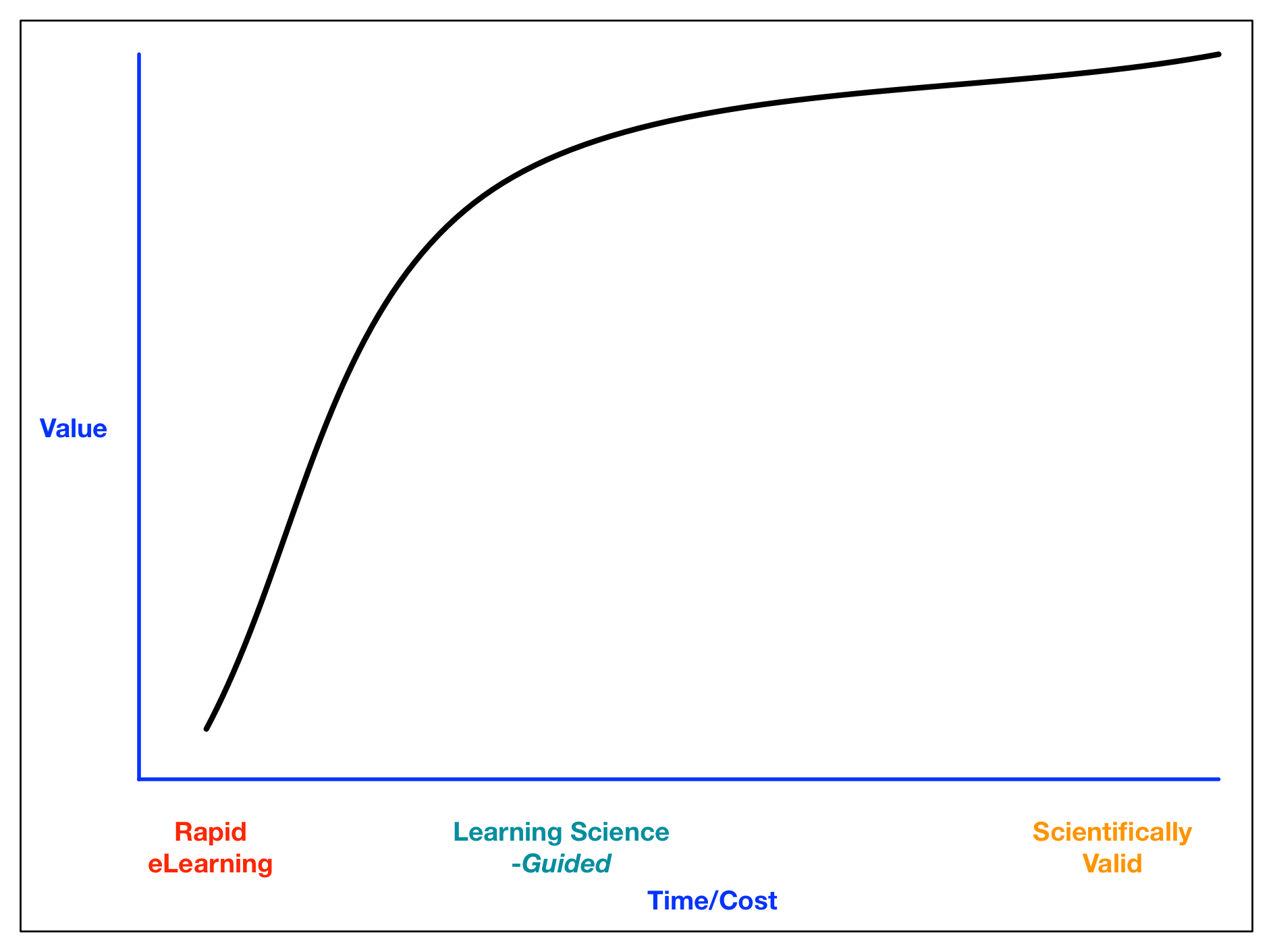A colleague I greatly respect, who has a track record of high impact in important positions, has been a proponent of service science. And I confess that it hadn’t really penetrated. Yet last week I heard about it in a way that resonated much more strongly and got me thinking, so let me share where it’s leading my thinking, and see what you say.
One time I heard something exciting, a concept called interface ‘explorability‘ when I was doing a summer internship at NASA while a grad student. When I brought it back to the lab, my advisor didn’t really resonate. Then, some time later (a year or two) he was discussing a concept and I mentioned that it sounded a lot like that ‘explorability’, and he suddenly wanted to know more. The point being that there is a time when you’re ready to hear a message. And that’s me with service science.
The concept is considering a mutual value generation process between provider and customer, and engineering it across the necessary system components and modular integrations to yield a successful solution. As organizations need to be more customer-centric, this perspective yields processes to do that in a very manageable, measurable way. And that’s the perspective I’d been missing when I’d previously heard about it, but Hastings & Saperstein presented it last week at the Future of Talent event in the form of Service Thinking, which brought the concept home.
I wondered how it compared to Design Thinking, another concept sweeping instructional design and related fields, and it appears to be synergistic but perhaps a superset. While nothing precludes Design Thinking from producing the type of outcome Service Thinking is advocating, I’m inferring that Service Thinking is a bit more systematic and higher level.
The interesting idea for me was to think of bringing Service Thinking to the role of L&D in the organization. If we’re looking systematically at how we can bring value to the customer, in this case the organization, systematically, we have a chance to look at the bigger picture, the Performance & Development view instead of the training view. If we take the perspective of an integrated approach to meeting organizational execution and innovation needs, we may naturally develop the performance ecosystem.
We need to take a more comprehensive approach, where we integrate technology capabilities, resources, and people into an integrated whole. I’m looking at service thinking, as perhaps an integration of the rigor of systems thinking with the creative customer focus of design thinking, as at least another way to get us there. Thoughts?
